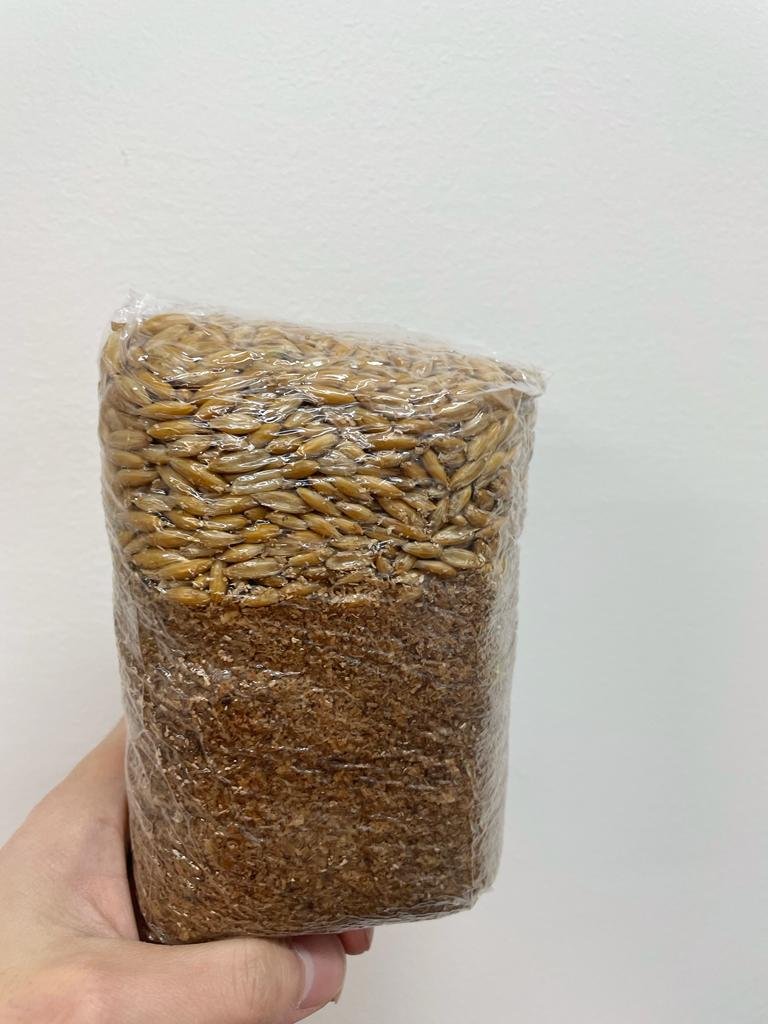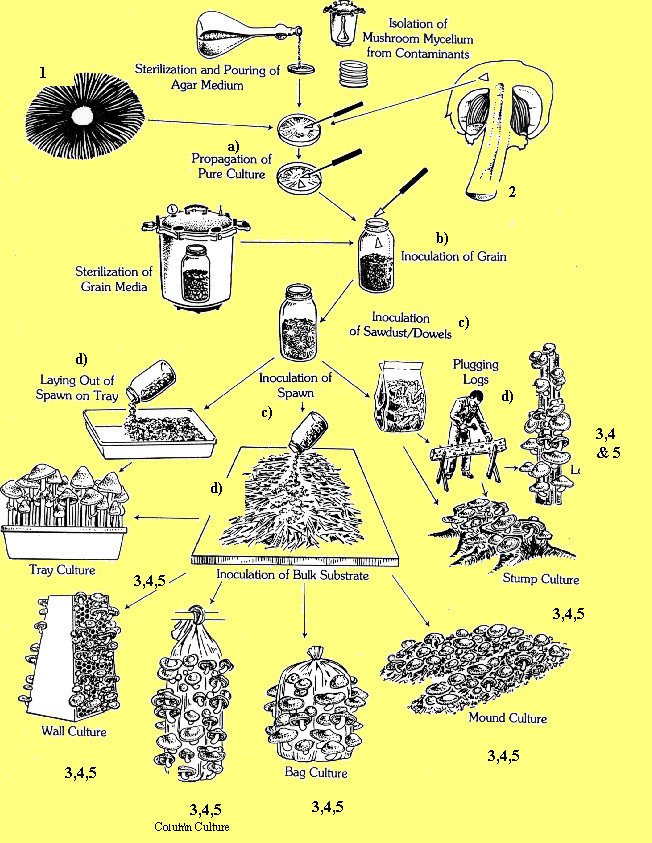

Ultimate Guide to Spotting Contamination in Liquid Culture: Causes, Prevention, and Remedies
Spotting contamination in liquid culture is an essential skill for any mycology enthusiast. Liquid cultures are a convenient and efficient way of growing fungal cultures, but they are also prone to contamination from bacteria, molds, and other harmful microorganisms. Timely detection and remediation of contamination are critical to avoid loss of precious cultures and prevent further spread of the contamination. This guide provides valuable insights into common causes of contamination, signs and symptoms of contamination, and effective prevention and treatment measures to maintain healthy and robust liquid cultures.

How to Properly Store Liquid Culture Syringes or Jars
Liquid culture is a popular method for growing mushrooms, and it can be stored for future use with proper storage techniques. To store liquid culture, you should use sterile equipment and a suitable container that is airtight and able to withstand high temperatures

How to prepare Grain Spawn
Mushroom grain spawn is an essential component of mushroom cultivation, and making your own grain spawn is a crucial step towards producing a bountiful harvest of delicious and nutritious mushrooms. The process of making grain spawn is relatively straightforward and involves sterilizing grains, inoculating them with mushroom spores or mycelium, and allowing the mycelium to grow and colonize the grains.
The first step in making mushroom grain spawn is selecting the right grains. Common grains used for making spawn include rye, wheat, and millet. It's essential to choose grains that are high in nutrition and have a low likelihood of contamination. Once you have your grains, rinse them and soak them in water overnight.
After the grains have soaked, drain the water and fill them into jars or bags. Sterilize the grains in a pressure cooker or autoclave for at least 60 minutes at 15 PSI. Once the grains are sterilized, let them cool down to room temperature and add mushroom spores or mycelium using sterile tools such as a laminar flow hood or a glove box.
After inoculating the grains, store them in a warm, dark, and humid environment for several days to allow the mycelium to grow and colonize the grains. The ideal temperature for most mushroom species is around 24-28°C (75-82°F). Once the mycelium has fully colonized the grain, it's ready to be used for inoculating larger substrates such as sawdust, straw, or wood chips.
Making mushroom grain spawn may seem daunting at first, but with practice and the right tools, it can become a straightforward and rewarding part of mushroom cultivation. By making your own grain spawn, you'll have greater control over the quality and quantity of your mushrooms and be one step closer to producing your own delicious and sustainable food source.

The Power of The Magical PF Tek
If you're interested in growing magic mushrooms at home, the PF Tek method is one of the most popular and beginner-friendly techniques to try. With its simple setup and straightforward steps, it's no wonder why many mushroom cultivators choose this method for their first grow.
At its core, PF Tek involves growing mushrooms in jars filled with sterilized brown rice flour and vermiculite. The mixture acts as a nutritious substrate for the mushroom spores to grow and develop, leading to a bountiful harvest of potent magic mushrooms.
If you're looking to learn more about PF Tek and how to get started with your own mushroom cultivation, you've come to the right place. In this guide, we'll walk you through everything you need to know to successfully grow magic mushrooms using the PF Tek method. From preparing your substrate to inoculating your jars, we'll cover all the steps and tips to ensure a successful grow. So let's get started!

How to Harvest the Perfect Pink Oyster Mushrooms for Flavour and Texture
Ready to experience the perfect balance of flavour and texture? Learn when is the best time to harvest pink oyster mushrooms and make your next meal even more delicious! Get all the tips you need from this blog post to start harvesting these mouth-watering mushrooms.

How to make a Monotub Fruiting Chamber
The beginner friendly growers guide to Mushroom Farming - Monotub


How to Sterilize Liquids without an Autoclave or Pressure Cooker.
How to Sterilize Agar or Liquid Culture without a Pressure Cooker or Autoclave.

How to Prepare Coco Coir Casing Layer and Bulk Substrate
Learn how to properly and easily prepare coco coir for Bulk Substrate and Mushroom Casing.

Holiday Gift Set Instructions: Unboxing The Grow Kit and Combating Climate Change.
The Mushroom Grow Kit that keeps on surprising! Check out how this Mystery Grow Kit helps sequester carbon.




